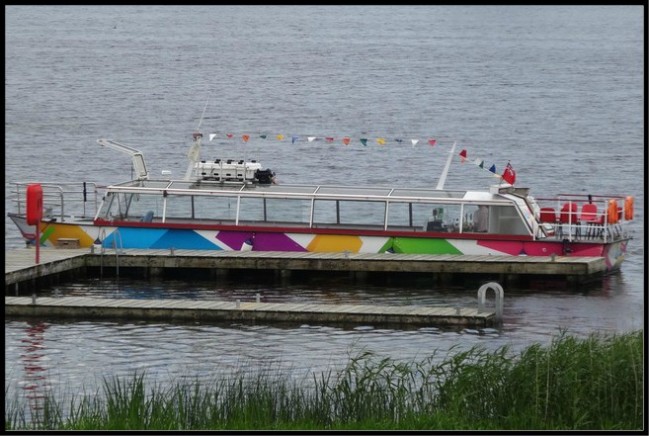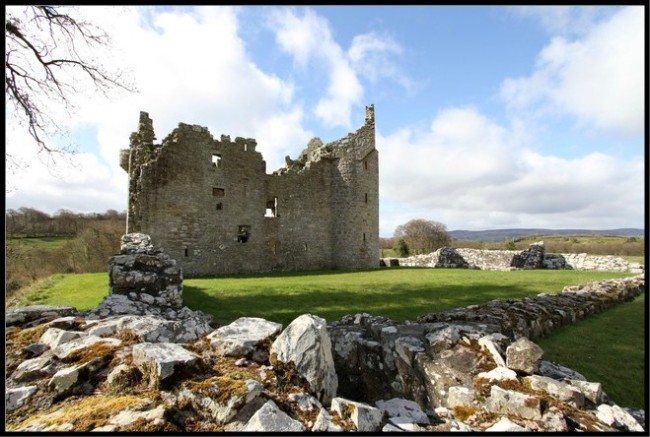
While the Marble Arch Caves are in themselves a primary tourist attraction in County Fermanagh you should certainly try and allocate a bit of extra time to your trip here so that you can have a walk overground in this beautiful part of the County. Continue reading “The Marble Arch and Cladagh River Walk”









